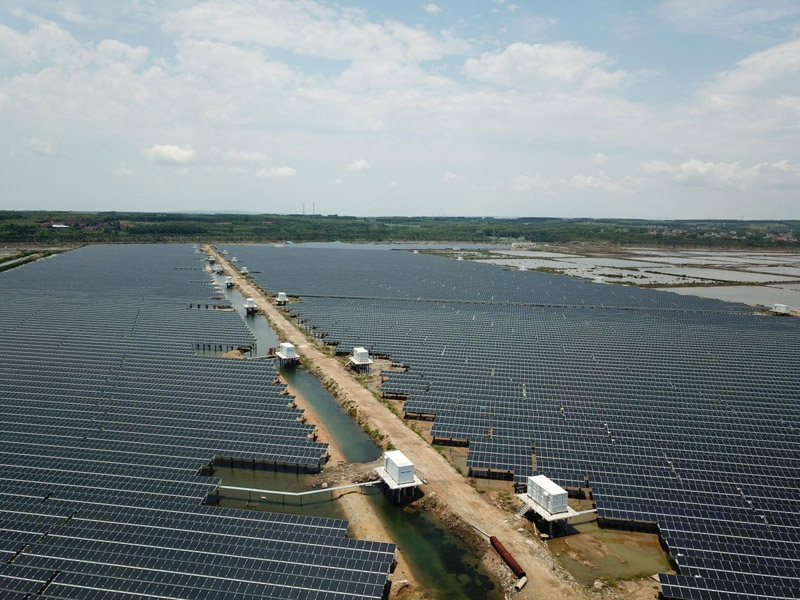In high-salinity areas, the selection of materials for photovoltaic (PV) mounting structures are crucial. The harsh environment poses challenges to the durability and performance of the PV systems. Here are some key considerations for material selection:
1. Corrosion resistance: Saltwater and high salt content in the air can accelerate corrosion. Therefore, materials with excellent corrosion resistance, such as stainless steel or aluminum alloys with protective coatings, are preferred. These materials can withstand the corrosive effects of salt and maintain structural integrity over time.
2. Mechanical strength: The mounting structures should be able to withstand strong winds, especially in coastal areas. Materials with high mechanical strength, such as steel or aluminum alloys, are commonly used. Reinforced designs and proper installation techniques are also important to ensure structural stability.
3. Cost-effectiveness: While selecting materials, it is essential to consider the overall cost-effectiveness. This includes the initial cost, maintenance requirements, and expected lifespan of the materials. Balancing the upfront investment with long-term durability and performance is crucial for maximizing the return on investment.
In conclusion, when choosing materials for solar mounting system in high-salinity areas, factors such as corrosion resistance, UV resistance, mechanical strength, maintenance, and cost-effectiveness should be carefully considered. By selecting the right materials, the longevity and performance of the PV systems can be optimized in these challenging environments.


 M-F 9AM to 6PM
M-F 9AM to 6PM  admin@cowellxm.com
admin@cowellxm.com
 326, No.580 Jiahe Road, Huli District, Xiamen City,Fujian Province, China.
326, No.580 Jiahe Road, Huli District, Xiamen City,Fujian Province, China.




